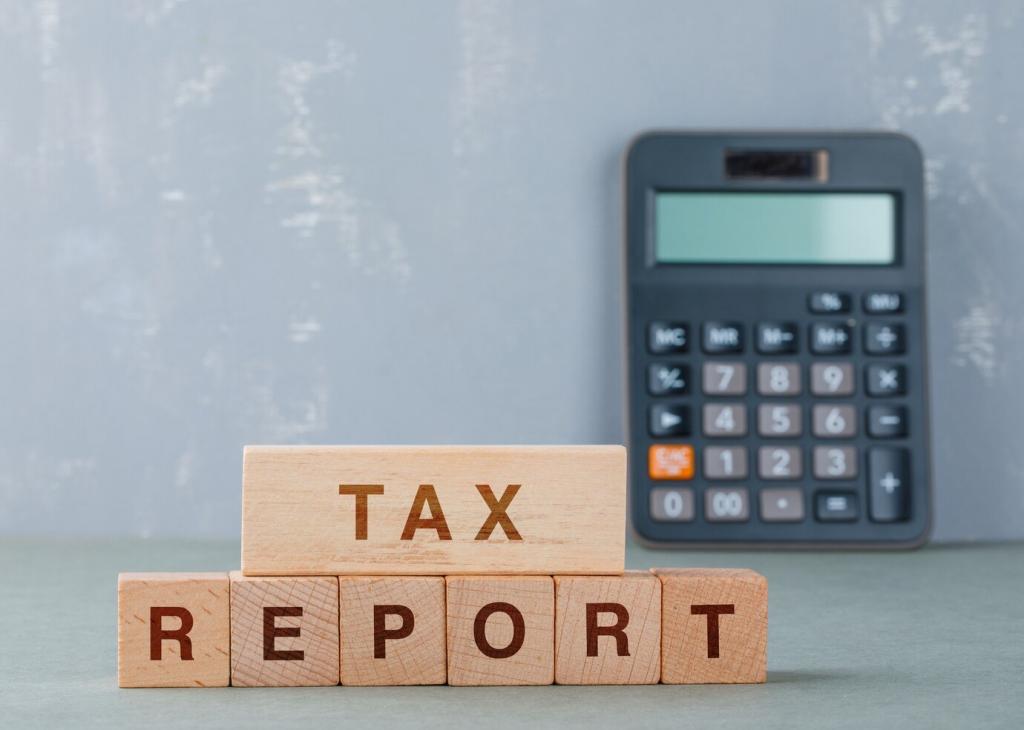Run Reviews That Actually Change Behavior
Compare planned and actual figures, then list three actions: cut, continue, or double down. Assign owners and due dates. Keep meetings short. Comment with one metric you’ll review every month so we can cheer you on.
Run Reviews That Actually Change Behavior
Extend your view by one month after every review. Rolling forecasts keep decisions current despite surprises. Want a step-by-step agenda for your first session? Subscribe and we’ll send a facilitator’s guide you can follow tomorrow.
Run Reviews That Actually Change Behavior
Translate numbers into purpose: what we tried, what happened, what we’ll change. People support what they understand. Invite team ideas for savings or smarter bets. Post one idea your team suggested that saved money without hurting quality.










